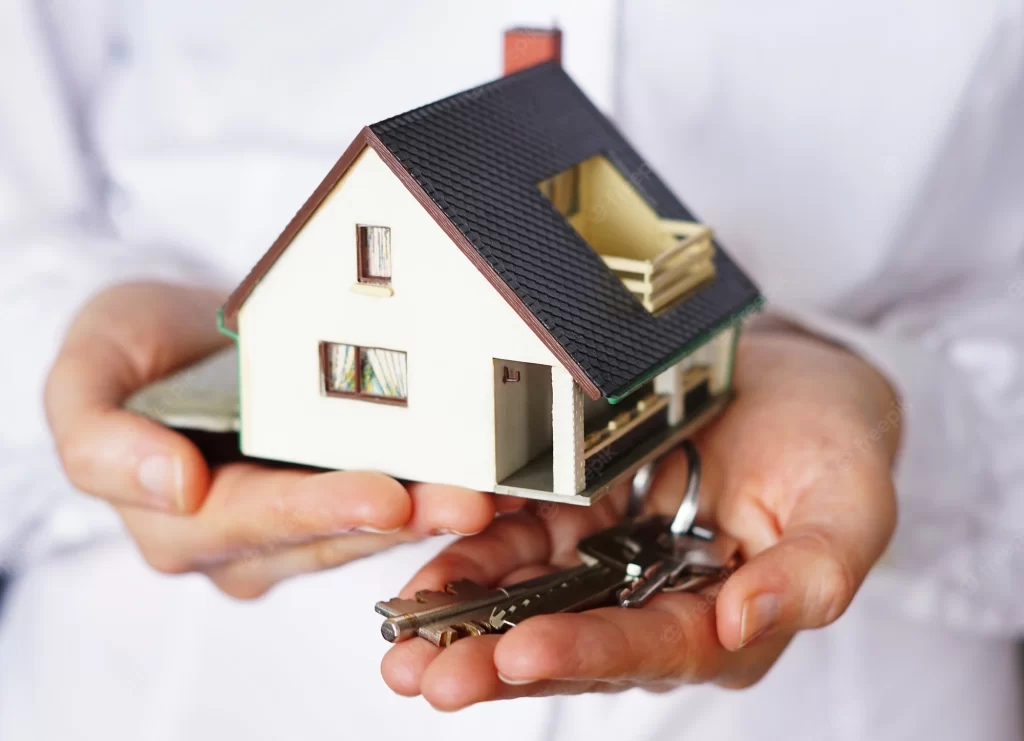Home staging is the art of preparing a house for sale by arranging furniture, decor, and other elements to showcase the property’s best features and create a welcoming atmosphere. The goal is to help buyers at https://www.webuyhousesfastntx.com/sell-your-house-fast-in-parker-tx/ visualize themselves living in the space, ultimately leading to a quicker sale and potentially a higher selling price.
Factors Influencing Home Staging Costs
1. Property Size
The size of your home plays a significant role in determining the cost of staging. Larger properties at https://www.webuyhousesfastntx.com/sell-your-house-fast-in-parker-tx/ require more furniture and decor, which can increase expenses.
2. Scope of Work
The extent of the staging also affects the cost. Some homeowners choose to stage only a few key rooms, while others opt for complete home staging, including all living spaces and bedrooms.
3. Location
The location of your property can impact staging costs. In high-demand areas, staging might be pricier due to increased competition among sellers.
4. Staging Company
Different staging companies have varying pricing structures. Some charge a flat fee, while others bill by the hour or offer package deals.

5. Rental Furniture
If your stager needs to rent furniture and decor items, this will add to the overall cost. The quality and quantity of rented items can also influence the price.
6. Duration
The length of time your home remains staged can affect costs. Longer staging periods will naturally incur higher expenses.
7. Additional Services
Some staging companies offer additional services like photography and virtual tours, which can be beneficial for marketing your property but may come at an extra cost.
Maximizing Your Investment
1. Consult Multiple Stagers
Obtain quotes and consultations from several staging companies to find the best fit for your budget and needs.
2. Prioritize Key Areas
If budget constraints exist, focus on staging key areas like the living room, kitchen, and primary bedroom.
3. Declutter and Clean
Before staging, declutter your home and ensure it’s spotlessly clean. This will make the staging process more efficient and cost-effective.
4. Choose Neutral Decor
Opt for neutral decor that appeals to a broad range of potential buyers. Avoid overly personalized or bold choices.
5. Evaluate Rental Costs
If rental furniture is necessary, carefully review the rental agreement and costs to avoid surprises.
